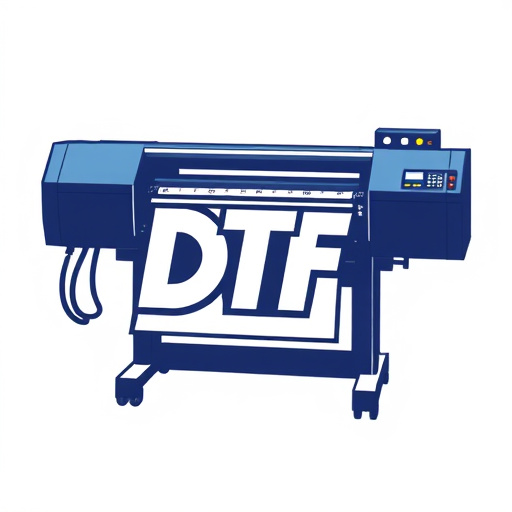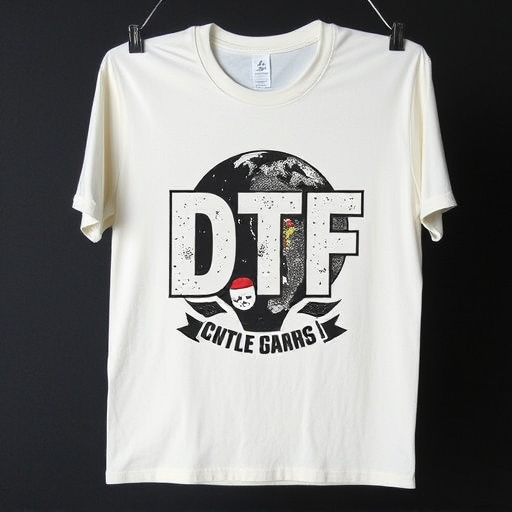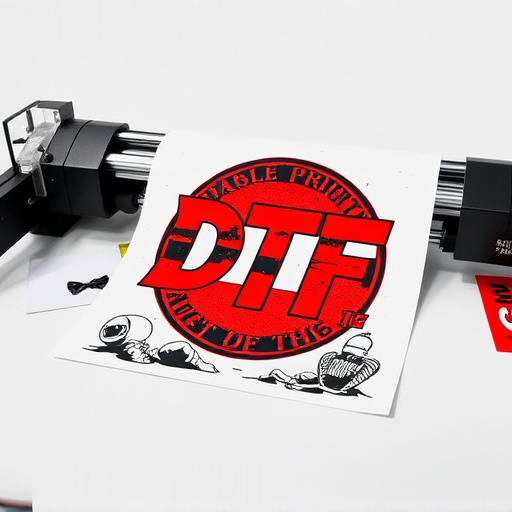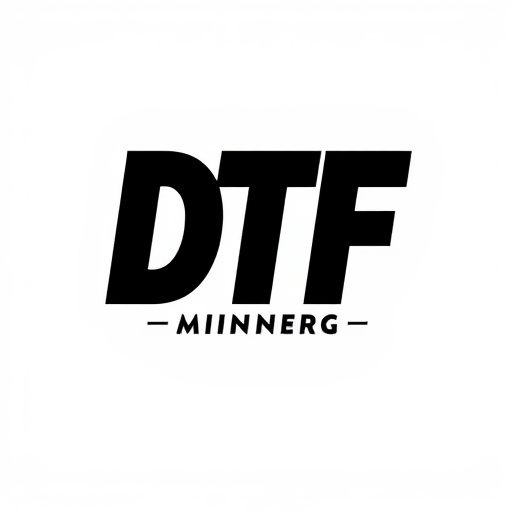Direct-to-fabric (DTF) printing revolutionizes textile production by directly applying ink to fabric, offering vibrant color reproduction and reduced waste on light-colored garments. This technique allows for intricate designs and efficient production times, making it popular for custom apparel and promotional products. Optimizing transfers with suitable transfer paper and pre-treating fabrics ensures accurate color placement. The application process involves machine setup, calibration of printer settings, and precise positioning for high-quality prints. Proper post-printing care maintains vibrancy and fabric integrity.
“Discover the versatility of DTF (Direct to Fabric) Printing for light-colored garment materials. This innovative technique offers a range of benefits, from vibrant color reproduction to ease of application. In this comprehensive guide, we explore the ins and outs of DTF Printing, starting with a brief overview and ending with post-print care tips. Learn how to choose the right transfer paper, prepare your fabric, and master the application process for optimal results. Elevate your garment customization with the power of DTF Printing.”
- Understanding DTF Printing: A Brief Overview
- Advantages of DTF for Light-Colored Garments
- Choosing the Right Transfer Paper for Optimal Results
- Pre-Treatment: Preparing Your Light-Colored Fabric
- Application Process: Step-by-Step Guide
- Post-Print Care and Maintenance Tips
Understanding DTF Printing: A Brief Overview

Direct-to-fabric (DTF) printing is a cutting-edge technique that has revolutionized the textile industry, especially for light-colored garment materials. Unlike traditional printing methods, DTF optimizes transfers by directly applying ink to the fabric surface, eliminating the need for intermediate layers. This innovative process ensures vibrant and precise color reproduction on a variety of fabrics, making it ideal for custom apparel and promotional products.
With DTF Printing, the design is precisely aligned and transferred onto the fabric using specialized equipment. The technique allows for intricate details and high-resolution images, ensuring that every element of the design is accurately represented. This method is not only efficient but also cost-effective, as it reduces waste and streamlining production time, making it a preferred choice for businesses seeking to offer unique, personalized garments without compromising quality.
Advantages of DTF for Light-Colored Garments

Direct-to-fabric (DTF) printing offers several advantages when it comes to light-colored garment materials. One of its key benefits is the ability to produce vibrant, high-resolution prints with exceptional color accuracy. This is particularly crucial for light fabrics as any printing technique must complement their natural hue rather than clash with it. DTF technology achieves this by using a direct adhesion method, ensuring the ink bonds strongly to the fabric surface without compromising its integrity or feel.
Additionally, DTF Printing allows for a wide range of design possibilities. It can handle intricate patterns and fine details, making it suitable for both simple and complex designs. This versatility means designers and brands have more creative freedom when crafting apparel, enabling them to produce unique, on-trend pieces that appeal to modern consumers.
Choosing the Right Transfer Paper for Optimal Results

When optimizing transfers for light-colored garment materials, selecting the appropriate transfer paper is paramount to achieving exceptional results in DTF (Direct to Fabric) printing. The key lies in understanding the unique properties of your fabric and choosing a paper designed to complement it. Light-colored fabrics, such as white or pastel tones, require transfer papers with specific characteristics to ensure vibrant and precise designs.
DTF Printing technologies demand a delicate balance. You’ll want a paper with a smooth surface to minimize ink skipping and a strong adhesive to securely fasten the design without leaving residue. Look for transfer papers specifically tailored for light fabrics, often featuring a water-based or eco-friendly adhesive that won’t damage the fabric’s fibers. Additionally, consider the paper’s transparency; a clear or slightly opaque paper allows for easier alignment during the printing process, ensuring your design is accurately transferred onto the garment.
Pre-Treatment: Preparing Your Light-Colored Fabric

Before applying transfers to light-colored garment materials, proper pre-treatment is crucial to ensure optimal results with DTF (Direct to Fabric) printing. Start by cleaning the fabric to remove any dirt, oil, or previous prints. A gentle wash with a mild detergent and cool water is usually sufficient, ensuring no residue remains that could interfere with ink adhesion. It’s essential to thoroughly dry the fabric afterward to prevent any moisture-related issues.
Once cleaned, consider using a suitable pre-treatment solution specific to DTF printing. These solutions help improve ink absorption and fixative properties, enhancing the overall durability of the transfer. Following the manufacturer’s instructions for application, these treatments can significantly impact the quality of your final print, ensuring vibrant colors and a long-lasting finish on light-colored fabrics.
Application Process: Step-by-Step Guide

Application Process: Step-by-Step Guide
Begin by preparing your light-colored garment material. Ensure it’s clean, dry, and free from any contaminants to achieve optimal results. Next, set up your DTF (Direct to Fabric) printing machine, loading the appropriate fabric type and ensuring proper alignment. Place the garment on a flat surface or a cutting table for stability during the printing process.
With the design ready, calibrate your printer settings according to the material’s characteristics. Adjust parameters like print speed, temperature, and pressure to ensure precise color transfer and adherence. Once calibrated, position the printing head over the garment, aligning it precisely with the desired design area. Start the printing job, watching closely as the DTF film is heated and transferred onto the fabric, creating a vibrant, long-lasting image.
Post-Print Care and Maintenance Tips

After printing with DTF (Direct to Fabric) techniques on light-colored garments, proper care is essential to maintain the vibrancy of the design and the fabric’s quality. Here are some tips to ensure your printed garments stay in top condition:
Always refer to the specific care instructions provided by the printer or manufacturer. Generally, it’s recommended to wash light-colored, printed items separately from other clothes for the first few washes to prevent any potential color bleeding. Use cold water and mild detergent to minimize shrinkage and maintain the print’s integrity. Avoid using bleach or fabric softeners, as they can damage the print quality. Additionally, tumble drying on a low heat setting is usually safe, but air-drying flat ensures the design stays crisp for longer.














